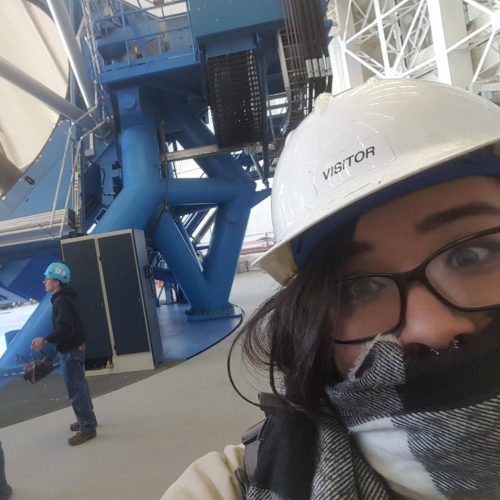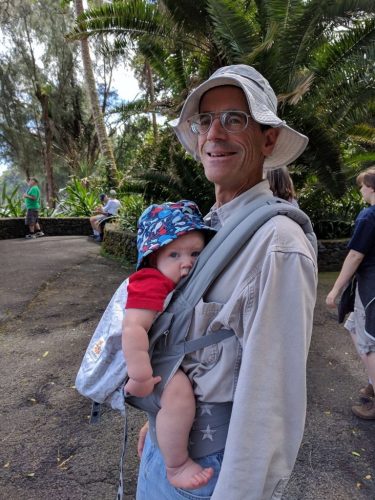- Date: 17 Nov 2017
- Comments: (0)
- Categories: For Astronomers, For Everyone
Celebrate the Large and Long Program! is a series of blog posts which showcase the high-impact science under the Large and Long Program of Gemini Observatory.
What is the Large and Long Program?
The Large and Long Program (LLP) is one of five observing modes Gemini offers to users of our telescopes. These five modes categorize projects based on length and weather conditions required for the observations. Classically, Gemini accepts proposals on a six month basis and recipients awarded with observing time complete their observations within that given semester. Large and Long Programs, on the other hand, provide more flexibility for long term research and last anywhere from one to three years. This extended time frame promotes collaboration across communities and produces significant and high-impact science. Here, we ask past and present Large and Long Programs to share a little about their research and experience with Gemini Observatory.
Validating K2’s Habitable and Rocky Planets with Adaptive Optics (AO) Imaging
1. Principal Investigator: Name and Affiliation?
Ian Crossfield, UC Santa Cruz,
2. How would you describe your Large and Long Program?
K2, the repurposed Kepler mission, offers a golden opportunity to find a wide diversity of new planetary systems orbiting bright stars. We are executing a large-scale collaboration using K2, the updated Kepler mission, to find these new systems around all stellar types in the K2 fields. We anticipate finding dozens of potential targets suitable for atmospheric studies with HST and JWST, and many more for which RV spectrosopy will further elucidate the low-mass planetary mass-radius relation. Over the next two years, we are observing system using AO (adaptive optics) and speckle imaging to eliminate false positives and continue validating our K2 planetary systems. Eventually, our program will measure the occurrence rates of planets across the sky, optimize target selection strategies for NASA’s TESS, and find exciting new targets for early-science JWST atmospheric characterization.
3. Why is Gemini best suited for this research?
Gemini AO and speckle imaging achieve diffraction-limited imaging with high sensitivity, allowing us to detect (or rule out) a large fraction of any stellar companions near our planet candidate host stars.
4. What has been the best part of your experience with the Large and Long Program?
The ability to obtain quality data without spending time & money for many additional trips to the observatory.








